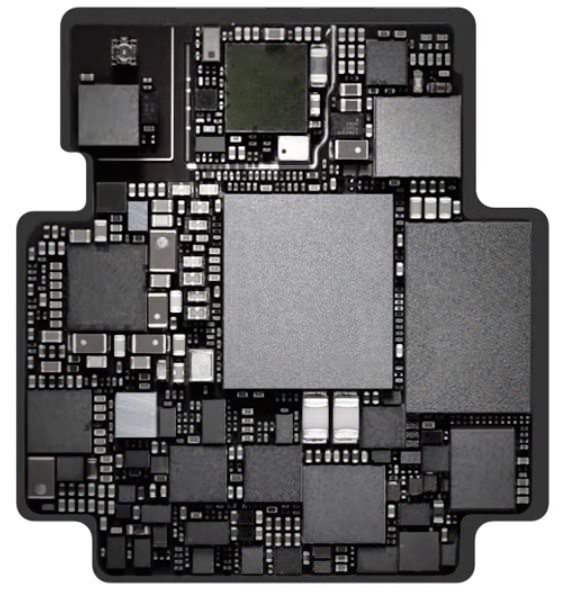Last month I wrote a piece in the Think.tank stating that I believed Apple was going to be doing major work in AR to advance the personal user interface by mixing virtual and real worlds into their mobile platforms. We are already seeing some fascinating AR examples coming out of early developers who have been using AR kit to create early AR applications for IOS 11. (Check out @madeforarkit on Twitter to see many of these early examples.) In this article, I also stated that while I believe the iPhone is the best vehicle for Apple to deliver AR at first, I also suggested, based on some patents that eventually Apple will add some form of eyewear tied to AR and MR to their portfolio. These new products will offer an even new way to interact with mixed reality in the real world.
But I do not see that coming for at least another 3-5 years since at the moment the technology is just not here to deliver a set of glasses or goggles that can work without the iPhone and could be even fashionable enough to gain serious market acceptance. It is possible that the first version of Apple’s glasses or goggles will need to be connected to the iPhone to work, but the Holy Grail would be to make them work on their own and without wireless tethering to the iPhone.
If there is a company that could eventually bring smart glasses to the masses in the future, I believe it will be Apple for one major reason. That reason lies in the work they are doing now with Apple Watch. Apple Watch is an important product in its own right. Apple’s has used Apple Watch in their quest to deliver a whole host of wearable health, medical tracking, information and services, it is also serving as an important development project to create an extremely small PC motherboard that I believe will eventually be used to power their glasses or goggles.
If you look at the major VR glasses or goggles today, they are all very bulky and in the case of Sony’s PlayStation VR, HTC’s Vive and Oculus Rift, these need to be tethered to a powerful PC with high powered graphic chips to work. And even with Intel’s project Alloy, which is un-tethered, it too is heavy and bulky as it uses a rather large mobile motherboard inside to power it. And even if you were going to try and deliver some glasses or goggles that were usable today it would need to be wirelessly connected to a smartphone and not work without this type of mobile connection.
Today, Apple is the only one that has created the equivalency of a personal computer motherboard that will fit in a smart watch. Yes, Samsung and others also have smart watches, but at the motherboard level, Apple appears to be cramming much more in the way of CPU’s, graphics and wireless radios in it to power the thousands of Apps available now for Apple Watch. And given this power, Apple can advance the OS quickly as they will do with Watch OS 3 and I suspect that Version 4 of Apple Watch will be even more powerful and more capable when it finally comes out in the very near future.
What I see happening is Apple using the Apple Watch as a major R&D project that they can then transfer/use in smart glasses once they have the right optics, right design and more importantly, fulfills some type of pain point that one has after 3 or 4 years using AR on a smartphone. While I don’t ever see people walking around with smart glasses all of the time, if they had these types of mixed reality glasses that fit a need or pain point at their disposal they would be more likely to use them often when that need arises.
Apple never works on products with short term goals. I am convinced that while the Apple Watch stands on its own in its role as part of Apple’s hardware, software, and services approach to the market. I can see how the miniaturization of a PC motherboard could morph into the type of PC motherboard that could eventually power a set of mixed reality glasses or goggles. If And if anyone is going to get this right, I suspect it will be Apple.

Some really excellent info, I look forward to the continuation.